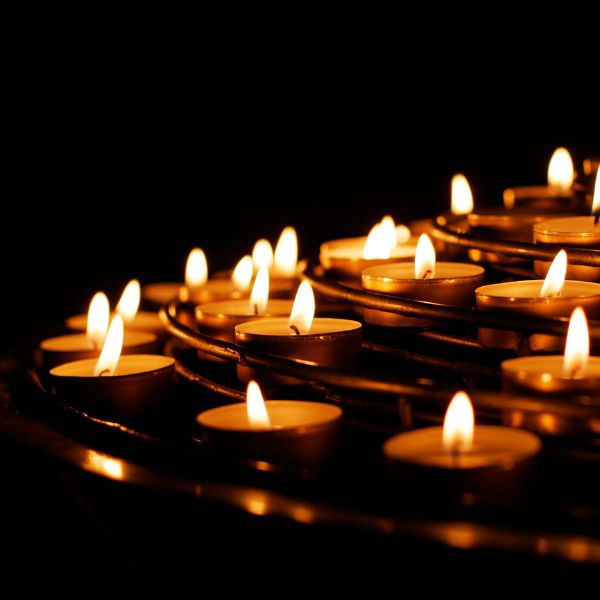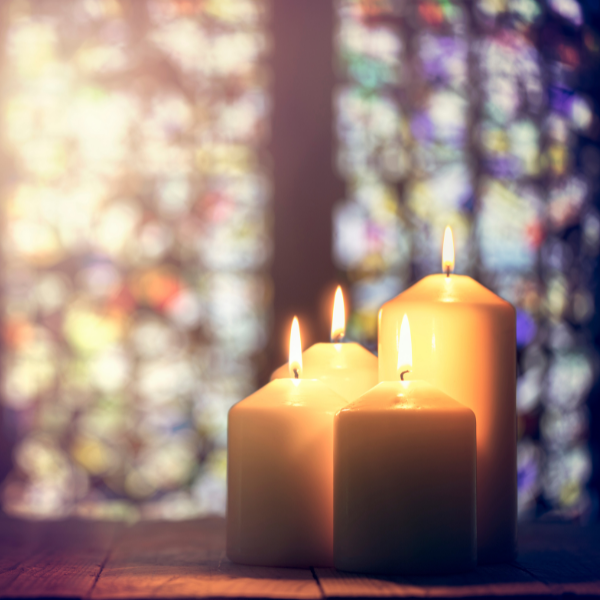For the last Poetry Party I invited you to reflect on the theme of the “beauty of broken things.” Your poetic responses were marvelous, spanning a wide spectrum of possibility and exploration. Many of the images moved me, such as “I am the hidden underside of things” and “ice so cold it is also fire” from Tess, “fierce winds sprung from God’s deep lungs” from Rich, and “swampy depths of truth” from Kievas, or the stark simplicity of Kayce‘s poem: “dark / broken / desperate… / still / i reach for the heavens.”
Many of the poems offered probing questions like Sue‘s “will you let me break you?”, Ashley‘s “why not lift your eyes and swallow?”, Milton‘s “How did I become accustomed / to a life of unfinished and disrepair?”, Cathleen‘s “Can I honor this pain? Can I dare call it sacred?”, or Elaine‘s “Beauty of brokenness. . . do I really / see you?” Brokenness does seem to lead to more questions rather than answers.
I’ve been reading Crispin Sartwell’s book Six Names of Beauty. Each chapter focuses on a different word for beauty each from a different language. The one that has most resonated with me and captivated by imagintion is the Japanese word wabi-sabi.
Sartwell writes: “wabi-sabi is an aesthetic of poverty and aloneness, imperfection and austerity, affirmation and melancholy. Wabi-sabi is the beauty of the withered, weathered, tarnished, scarred, intimate, coarse, earthly, evanescent, tentative, ephemeral. . . Wabi-sabi is a broken earthenware cup in contrast to a Ming vase, a branch of autumn leaves in contrast to a dozen roses, a lined and bent old woman in contrast to a model, a mature love as opposed to infatuation, a bare wall with peeling paint in contrast to a wall hung with beautiful paintings.” (p. 114)
To me, this speaks in essence, to the beauty of broken things. It is easy to be plunged into awe and wonder at the setting of the sun or the magnificent flowering of spring. In some ways it is more challenging to ask where beauty dwells in what is dying and broken and falling apart. What happens when we begin to look for gift dwelling between the rough edges of things?

Part of my walking practice when I am at the beach is looking either for the wonderful white oyster shells that seem to call my name again and again, or these spiral shells that sing out to me. I have only found a couple that are whole and intact, most of them are missing fragments, edges chipped and broken. There is something so beautiful to me about their brokenness. Perhaps it is because out of the 30 or so that I have found and gathered only one or two are cracked through the core. Most of them, under the weight of the thrashing sea are able to hold onto an intactness with the strength of that center spiral .
Reading Bette‘s poem last week especially resonated with me: “after a long walk / my pockets are full of prayers / worn and broken shells.”
I empty my pockets of broken prayers and spread them out along my windowsill as an offering to my own broken places. This sill is also my altar space, the border between my hermitage and the vision of the sea just beyond, a reminder of the edges to which I am called.
(an apology for those poems I did not mention in this post, truly all of them were beautiful and moved me in different ways, what a gift to have so many to reflect with — thank you again)
-Christine Valters Paintner @ Abbey of the Arts






10 Responses
Thanks Christine. I wish you could be here to help me celebrate :) Wish I could have come to your upcoming workshop. I’ve never been to Seattle! Someday I will come and visit you. Hope your weekend at the beach hermitage is a beautiful one! Hugs.
Happy 50th Birthday Bette! That is a special one to celebrate in style. A couple of weeks ago I went to a friend’s 50th and felt honored to be among such wise woman.
Thank you for your lovely thoughts about my broken shells haiku. I’m glad it spoke to you, too. Its comforting for me to relate my own brokenness with broken shells . I’m also drawn to them as a reminder that we are not perfect. In fact even a perfect looking shell may have a hidden flaw. Another metaphor that you might enjoy is that a broken shell reveals its insides :) Everyone’s poetry offerings are wonderful and I’ve enjoyed your reviews of them, Christine. Hope your weekend is beautiful. On Sunday, I’ll be celebrating 50 years in this body gifted to me from God!
Thanks Kathy, it was the spiral that drew me to these shells at first, and then when I realized that the spiral is what gives it structural strength I was very moved.
Tess, I’ll have to look up the post you mention, sounds like something I would enjoy reading.
Thanks eileen, I am noticing too which gifts from the sea call my name and then hold them in wonder about what they have to teach me.
Thanks so much Timothy.
Suz, I have wanted to do some experimenting with polymer clay, maybe on our Awakening retreat you can pass along some tips! :-)
Love shells and sea glass, also. Especially, I love the concept of “wabi-sabi.” I first heard it in a jewelry class in which we were making “aged imitation” jade and cinnabar out of polymer clay and totally resonated with the idea. Now I understand why I love so manyn of the things I love.
Thanks, Christine. You are a breath of fresh air…always!
Beautiful writing and commentary. Thanks for sharing snippets of the poems submitted. They all spoke to me as well. Another inspiring post.
Fantastic photo and words, Christine. I have a deep love for shells and sea glass (a.k.a. mermaid tears) and have many of these sea treasures located throughout my home. I have incorporated the shell spirals into much of my artwork over the years and I see this image slowly moving as I fall asleepp most nights. Soothing. I spent so many years seeking the perfect pieces and often would discard broken ones back into the sea or just walk on by them. Without realizing it, several years ago, I began collecting the less than perfect pieces. Interesting …
Your photograph is beautiful, it almost looks like wood. And what you say reminds me somewhat of LadyVivienne’s post earlier this week about the beautiful of the wiccan spiral dance and how that forms a key part of the Samhain ritual.
But mostly what you say reminds me of all the people I’ve met who have varying degrees of learning difficulties. Because my brother has Down’s Syndrome, I’ve probably been exposed to more people like this than most. There was a time when I would shrink from it, but now I see so much of humanity’s beauty there. It’s important not to sentimentalise, of course, but it’s just as you say, even through their brokenness, they withstand the power of the crashing sea, and smile.
I am intrigued and delighted about your observation that the broken shells usually have their central spiral intact. This, along with embracing my imperfections, have been my spiritual lessons of late. In the midst of turmoil, I’ve been trying to return to the center–finding wisdom, strength and my own true Self. When I act from that place, it is from a place of deep knowing and love. It feels like everything becomes a miracle, and the darkness is nourishing–like a womb. But of course, the shadow side, fear always comes again, giving me yet (another) opportunity to face what I need, to grow. So much of life is in spirals. Has been a motif in my dreams, as well as ladders. I’m in another descent now, and feel a new initiation coming on. My craggy, rough, broken outer shell holds the lustrous pearl that my life is forming. Thank you for the beautiful post on broken things, I found it so meaningful…